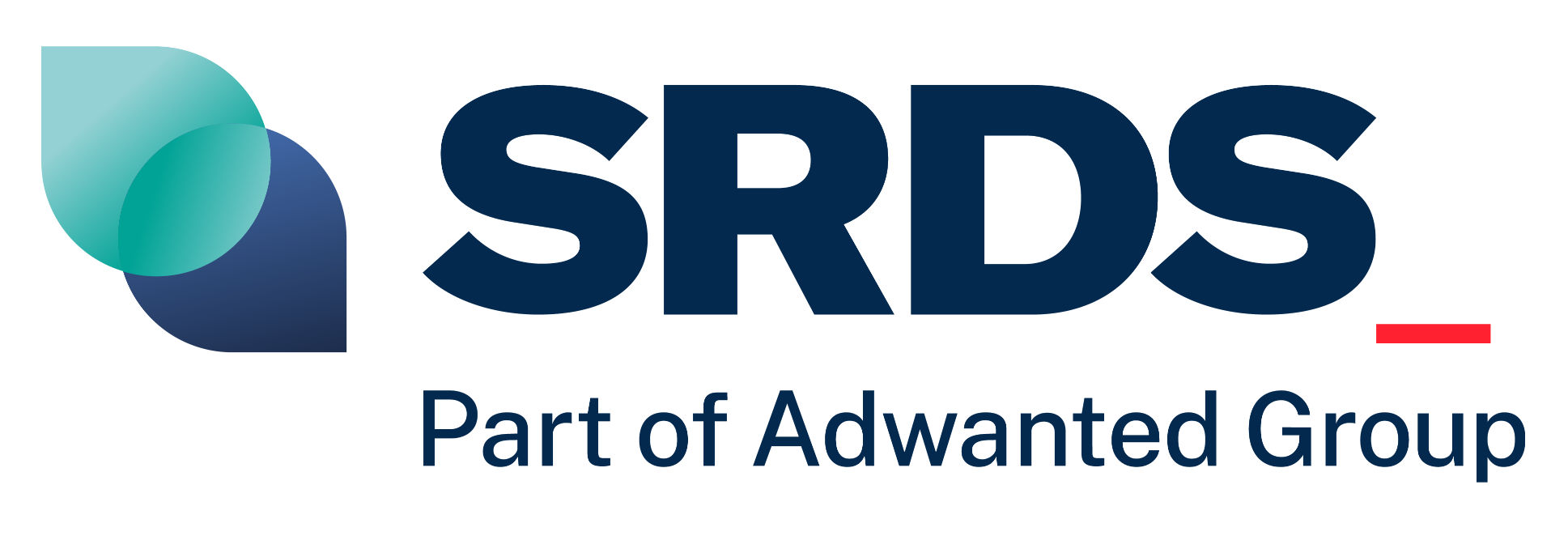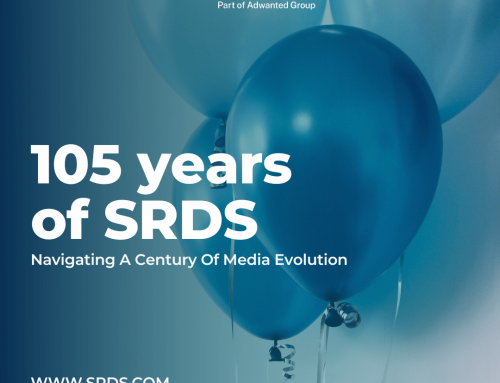SRDS Podcast Terminology
Podcasts have taken the world by storm in recent years. They’re a great way to consume information, learn new things, and be entertained. With the rise in popularity, there has also been an increase in podcast advertising. Podcast advertising has become a significant source of revenue for many podcasters, and advertisers are taking notice. Let’s explore some of the terminology related to podcast advertising and how they impact both the podcaster and the listener.
Explicit vs. Non-Explicit: One of the first decisions a podcaster makes is whether or not their content will include profane language. This decision impacts the audience they attract and the advertisers who are willing to sponsor them. Explicit content can limit the number of potential advertisers, but it can also attract a dedicated following of listeners.
Pre-Roll, Mid-Roll, and Post-Roll: Podcasters have the option to include ads in their episodes at different times. Pre-roll ads run before the podcast begins, mid-roll ads are inserted within the podcast, and post-roll ads run after the episode ends. Each type of ad has its advantages and disadvantages, and the decision of when to run ads is often based on the length of the episode and the audience’s attention span.
Dynamically Inserted Ads vs. Baked-In Ads: Dynamically inserted ads are ads that are added to the podcast after it has been recorded. These ads can be swapped out at any time, making them a great option for seasonal or time-sensitive promotions. In contrast, baked-in ads are part of the original audio file and cannot be removed or changed. Baked-in ads often have a longer shelf-life than dynamically inserted ads and are typically less disruptive to the listener’s experience.
Host Read Ads vs. Announcer Read Ads: Host read ads are ads that the podcaster reads themselves. These ads can be more effective because the podcaster has built a relationship with their audience, and their endorsement can carry weight. Announcer read ads, on the other hand, are read by a third party who is unrelated to the podcast. These ads can feel more generic and may not have the same impact as host read ads.
Downloads, Streams, and Listens: Podcasters often track their audience’s engagement by monitoring downloads, streams, and listens. A download occurs when a listener downloads an episode to their device. A stream occurs when a listener listens to an episode on their device without downloading it. A listen is a combination of downloads and streams when a user clicks play to listen to a podcast episode.
Hosting Platform and Network: A podcast hosting platform is where a podcaster uploads their podcast and creates an RSS feed to listening platforms. A podcast network is made up of several different podcast shows and is typically responsible for advertising across the network. Choosing the right hosting platform and network can have a significant impact on a podcaster’s success.
Overall, podcast advertising is a rapidly growing industry that is both exciting and challenging for podcasters and advertisers alike. Understanding the lingo related to podcast advertising can help both parties make informed decisions that will benefit everyone involved. As podcasts continue to gain popularity, we can expect to see more creative and effective ways for advertisers to reach their target audience.
Want to see how SRDS can help you with your media planning? Contact us today!







Stay In Touch